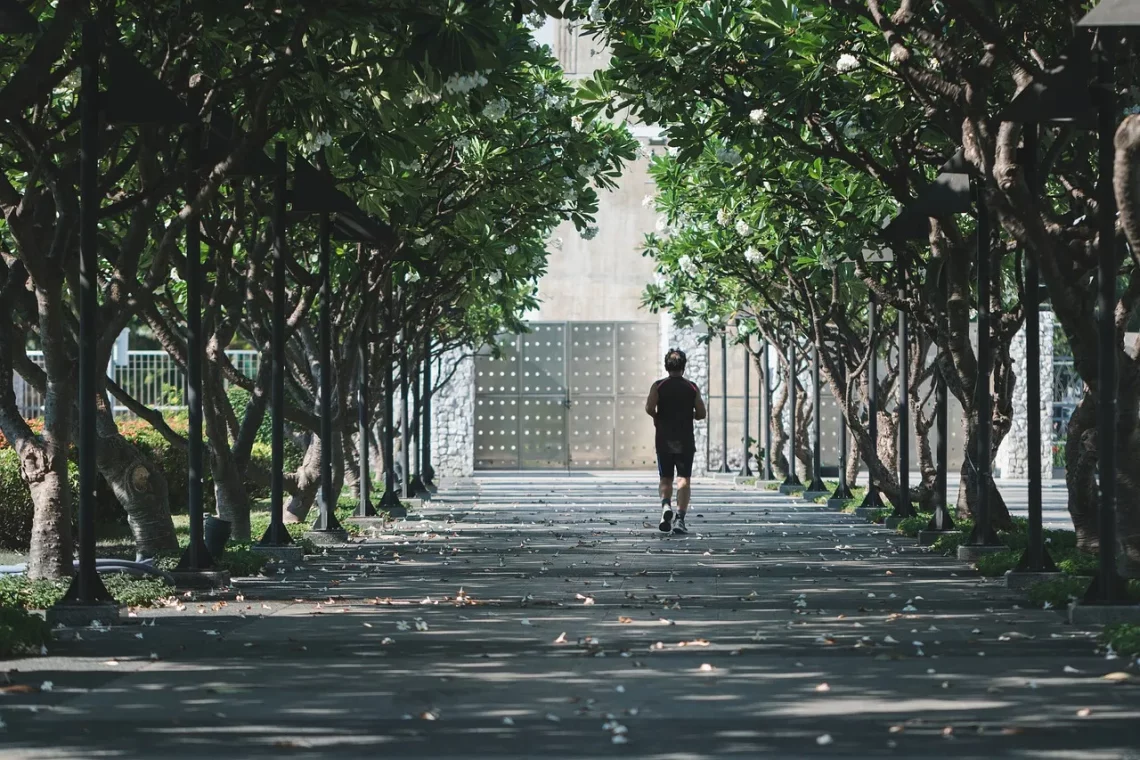
Transforming Diastasis Recti: Before and After Results Without Surgery
Diastasis Recti is a condition that affects many individuals, particularly women during and after pregnancy. It occurs when the rectus abdominis muscles, which are the two long muscles that run along the front of the abdomen, separate due to the stretching of the abdominal wall. This separation can lead to a variety of physical changes, including a protruding belly, decreased core strength, and potential back pain. As awareness of this condition increases, so does the desire for effective, non-surgical solutions to address it.
The journey of transforming Diastasis Recti is not just about aesthetics; it is also about restoring core function and improving overall health. Many individuals seek methods to heal and strengthen their abdominal muscles without resorting to invasive procedures. Through a combination of targeted exercises, lifestyle modifications, and supportive practices, it is possible to achieve remarkable results in the appearance of the abdomen and the functionality of the core.
This article will explore several effective strategies that can lead to positive transformations for those dealing with Diastasis Recti. By understanding the condition and implementing appropriate interventions, individuals can take proactive steps toward healing and regaining confidence in their bodies.
Understanding Diastasis Recti: Causes and Symptoms
Diastasis Recti is often misunderstood, yet understanding its causes and symptoms is crucial for effective management. The separation of abdominal muscles can occur due to various factors, with pregnancy being the most common. During pregnancy, the growing uterus stretches the abdominal muscles, leading to a widening of the linea alba, the connective tissue that runs down the midline of the abdomen.
Other factors that may contribute to Diastasis Recti include obesity, certain exercises that put excessive strain on the abdominal wall, and even genetic predisposition. Men can also experience this condition due to significant weight gain or loss, heavy lifting, and aging, which can weaken the muscles and connective tissue over time.
Symptoms of Diastasis Recti vary among individuals. The most noticeable sign is a bulge or protrusion in the abdomen, especially when straining or engaging the core. This can be accompanied by a feeling of weakness or instability in the core, leading to difficulty in performing daily activities. Some individuals may also experience lower back pain, pelvic discomfort, or issues with posture.
To accurately assess Diastasis Recti, a physical examination is often recommended. This can involve lying on the back and gently lifting the head to see if a gap appears between the abdominal muscles. Understanding these signs and symptoms is the first step toward effective management and eventual transformation.
Effective Exercises for Healing Diastasis Recti
When it comes to addressing Diastasis Recti, specific exercises can play a pivotal role in the healing process. The goal of these exercises is to strengthen the core muscles, improve stability, and encourage the muscles to come back together.
One of the most recommended exercises for those with Diastasis Recti is the pelvic tilt. This gentle movement helps to engage the core without placing excessive pressure on the abdominal wall. To perform this exercise, lie on your back with knees bent and feet flat on the floor. Inhale deeply, allowing your belly to rise. As you exhale, gently press your lower back into the ground while tilting your pelvis upward. Hold for a few seconds before returning to the starting position.
Another beneficial exercise is the modified side plank. This exercise emphasizes core stability and can be adapted to suit various fitness levels. Start on your side with your knees bent and stacked. Lift your upper body off the ground while supporting yourself with your forearm. Ensure that your hips remain aligned, and hold the position for several seconds. This exercise can be progressed by straightening the legs as strength improves.
Incorporating breathing techniques, such as diaphragmatic breathing, can also enhance core engagement. This technique involves inhaling deeply, allowing the abdomen to expand, and then exhaling fully while gently drawing the navel towards the spine. This not only helps with muscle engagement but also promotes relaxation and reduces stress.
It is essential to approach these exercises mindfully, focusing on form and control rather than intensity. Consulting with a physical therapist or a qualified fitness professional can provide personalized guidance and ensure that the exercises are performed safely and effectively.
Lifestyle Modifications to Support Core Healing
While targeted exercises are vital for healing Diastasis Recti, lifestyle modifications can significantly enhance the overall process. Making mindful changes in daily habits can support core stability and prevent further separation of the abdominal muscles.
One crucial aspect is maintaining a healthy weight. Excess weight can place additional strain on the abdominal wall, exacerbating the condition. Adopting a balanced diet rich in whole foods, lean proteins, fruits, and vegetables can help manage weight and promote overall health. Staying hydrated is also essential, as proper hydration supports muscle function and recovery.
Posture plays a significant role in core health. Poor posture can contribute to muscle imbalances and increase pressure on the abdominal wall. Being mindful of posture during daily activities, such as sitting at a desk or lifting objects, can help reduce strain. Engaging the core and maintaining an upright position can provide support and stability.
In addition, incorporating gentle movement throughout the day can aid recovery. Activities like walking, swimming, or yoga can promote blood flow, enhance muscle function, and support overall well-being. However, it is essential to avoid high-impact exercises or movements that place excessive strain on the abdomen until healing progresses.
Lastly, consider the emotional aspect of healing. Stress can impact physical health, leading to tension in the body. Practicing mindfulness techniques, such as meditation or deep breathing exercises, can help reduce stress and promote a positive mindset throughout the healing journey.
The Importance of Patience and Consistency
Transforming Diastasis Recti requires a commitment to patience and consistency. Many individuals seeking visible results may feel discouraged if they do not see immediate changes. However, it is important to remember that healing takes time, and every body responds differently to interventions.
Setting realistic goals and celebrating small achievements along the way can foster motivation and maintain momentum. Whether it’s a noticeable decrease in the gap between the muscles, improved strength, or enhanced functional ability, acknowledging progress is essential for maintaining a positive outlook.
Consistency is key when it comes to exercise and lifestyle changes. Developing a structured routine that incorporates exercises, healthy eating, and mindful practices can create lasting habits that support healing. It can be helpful to keep a journal or track progress to stay accountable and reflect on the journey.
Additionally, seeking support from others can make a significant difference. Joining a community of individuals experiencing similar challenges can provide encouragement, accountability, and shared insights. Whether through online forums, local support groups, or working with a qualified professional, connecting with others can help sustain motivation and foster a sense of camaraderie.
In summary, the journey of transforming Diastasis Recti is multifaceted, combining education, targeted exercises, lifestyle modifications, and a mindset of patience and consistency. By embracing these strategies, individuals can empower themselves to achieve positive outcomes and enhance their overall well-being.
**Disclaimer:** This article is not intended as medical advice. If you have health concerns or are experiencing symptoms related to Diastasis Recti or any other condition, it is essential to consult with a qualified healthcare professional for personalized guidance and treatment.




